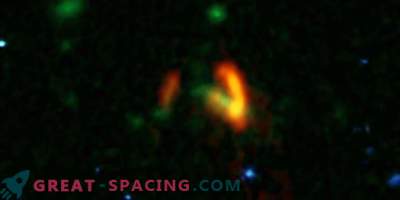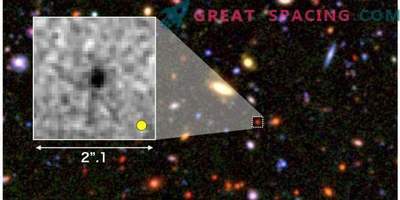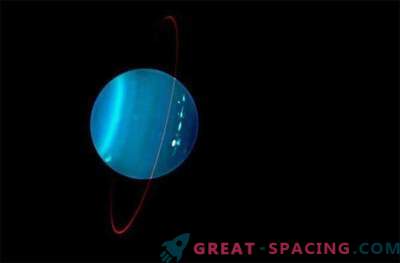
Artistic vision of rotating galaxies
Scientists looked at the time, approaching the moment of the Big Bang, and noticed swirling gas in some of the early galaxies. These “newborns” appeared almost 13 billion years ago and rotated in the form of a whirlpool resembling our Milky Way. For the first time managed to find a similar movement in the early space.
ALMA (Chile) was used for the search, which helped to look at the distant Universe and for the first time to find normal galaxies of star birth at an early stage of cosmic history. To get the light to us, you need a certain time. Therefore, a review of objects located billions of years away allows us to literally plunge into the past. However, then the space was filled with a dark “haze” of neutral gaseous hydrogen, which is why optical telescopes cannot consider the appearance of the first galaxies.
ALMA was used to observe two small newborn galaxies that appeared 800 million years after the Big Bang. The analysis of the spectral “prints” of far-infrared light made it possible to establish the distance to the galaxies and for the first time see the internal motion of the gas, stimulating their growth. Before the advent of ALMA, it was not possible to examine the galactic formation in such detail, and also to measure the movement of gas in the early Universe. It turned out that the gas in the newborn galaxies rotated in the form of a whirlpool, copying more mature formations that appeared later. Despite their small size (5 times smaller than the Milky Way), these galaxies created stars with greater speed than other young galaxies. However, it is surprising that they were not as chaotic as they thought.
In early space, gravity caused gas to flow rapidly into galaxies, mixing them and creating many new stars. It was expected to see dynamic and “dirty” galaxies filled with chaos. But they keep order and are perfectly regulated.
The data obtained are used for larger galactic studies during the first billion years of the Universe.











































